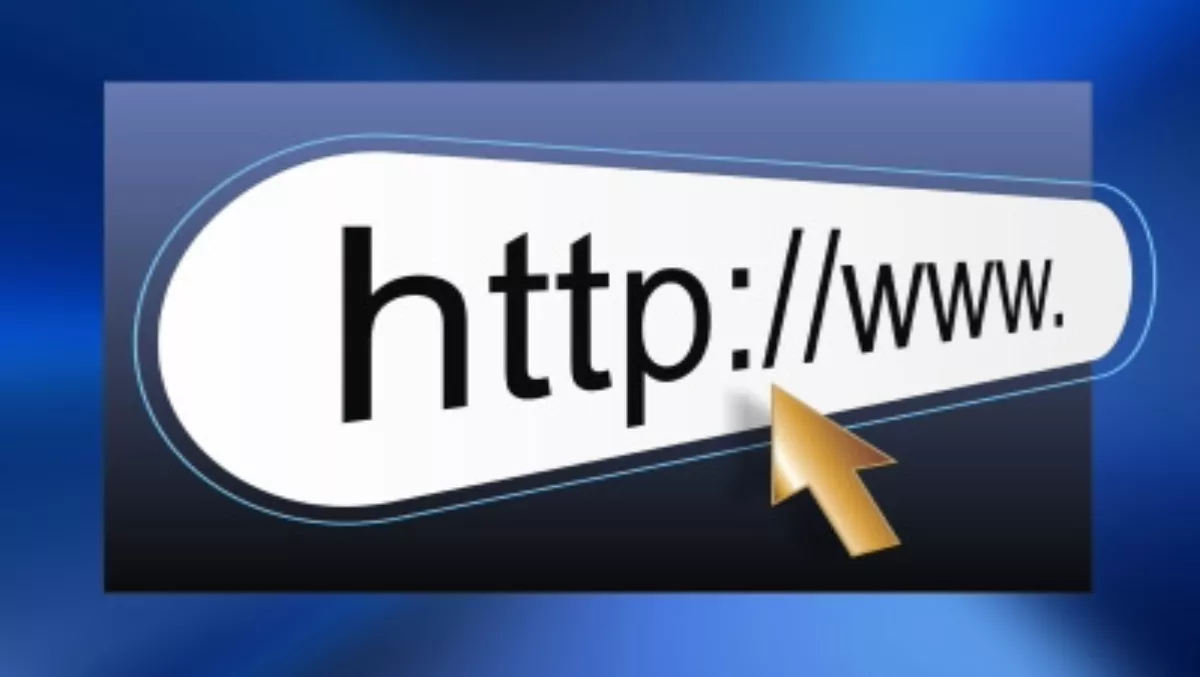
Kiwi internet usage soars
Eighty percent of New Zealanders now use the internet, andmore than a million homes are on a broadband connection, according to latestofficial statistics.
The three-yearly Household Use of Information andCommunication Technology Survey says the number of Kiwis online is up from 69%in 2006, while home broadband connections are double the number of the previoussurvey.
The survey also shows that 72% of New Zealanders sent orreceived emails (up from 62% in 2006), 43% made an online purchase (29% in 2006)and 37% used the Internet for social networking (not surveyed in 2006). And thegap between urban and rural internet users is closing; one in two rural homeshad broadband in 2009, compared with one in five in 2006.
In 2009, only 12% of New Zealand homes used a dial-upconnection, compared with 31% in 2006. Fifty percent of these cited the cost ofbroadband as their main reason for remaining on dial-up, the same proportion asin 2006. Each region had close to, or over 50%, broadband access, with Aucklandleading at 72%. This was followed by Wellington and Canterbury at 69% and 64%, respectively.
The survey also shows the growth of internet usage byseniors: In 2009, of those aged between 65 and 74 years, 54% had used the internetin the last 12 months, up 15 percentage points from 2006 and the fastestgrowing of all age groups.
Sending or receiving emails was the most common internetactivity, which is consistent with the past trend (62% in 2006 and 72% in2009). In the December 2009 quarter, over 40% of individuals aged 15 years andover made at least one online purchase in the last 12 months. This proportionis an increase of 14 percentage points when compared with 2006. Those in the25-44-year age group were still the most likely to make an online purchase,with 56% of individuals in this age group doing so in 2009.
The survey of 15,000 households across the country also suggeststhat Kiwis are now more security-conscious when it comes to technology. Households with internetaccess that reported experiencing a loss of data, time, or other damage as aresult of a virus decreased to 13%, from 17% in 2006. Two percent of internetusers reported online fraud (no change from 2006), while mobile phoneharassment fell from five percent in 2006 to three percent in 2009.
"Despite the growth in connectivity, the network hasnot seen similar growth in data security and user safety issues," saidbusiness performance manager Gary Dunnet.
Digital TV and mobile
In 2009, more than 60% of all households had a digital television connectionsuch as SKY satellite or Freeview. The most common type of connection was SKYsatellite. Only nine percent of households reported having more than one typeof digital connection. Information on digital connections was not collected in2006.
Mobile phone use has increased over the last three years,from 80% in 2006 to 85% in 2009. The largest percentage point increase inmobile phone use was seen in individuals aged between 65 and 74, up ninepercent to 67%.

